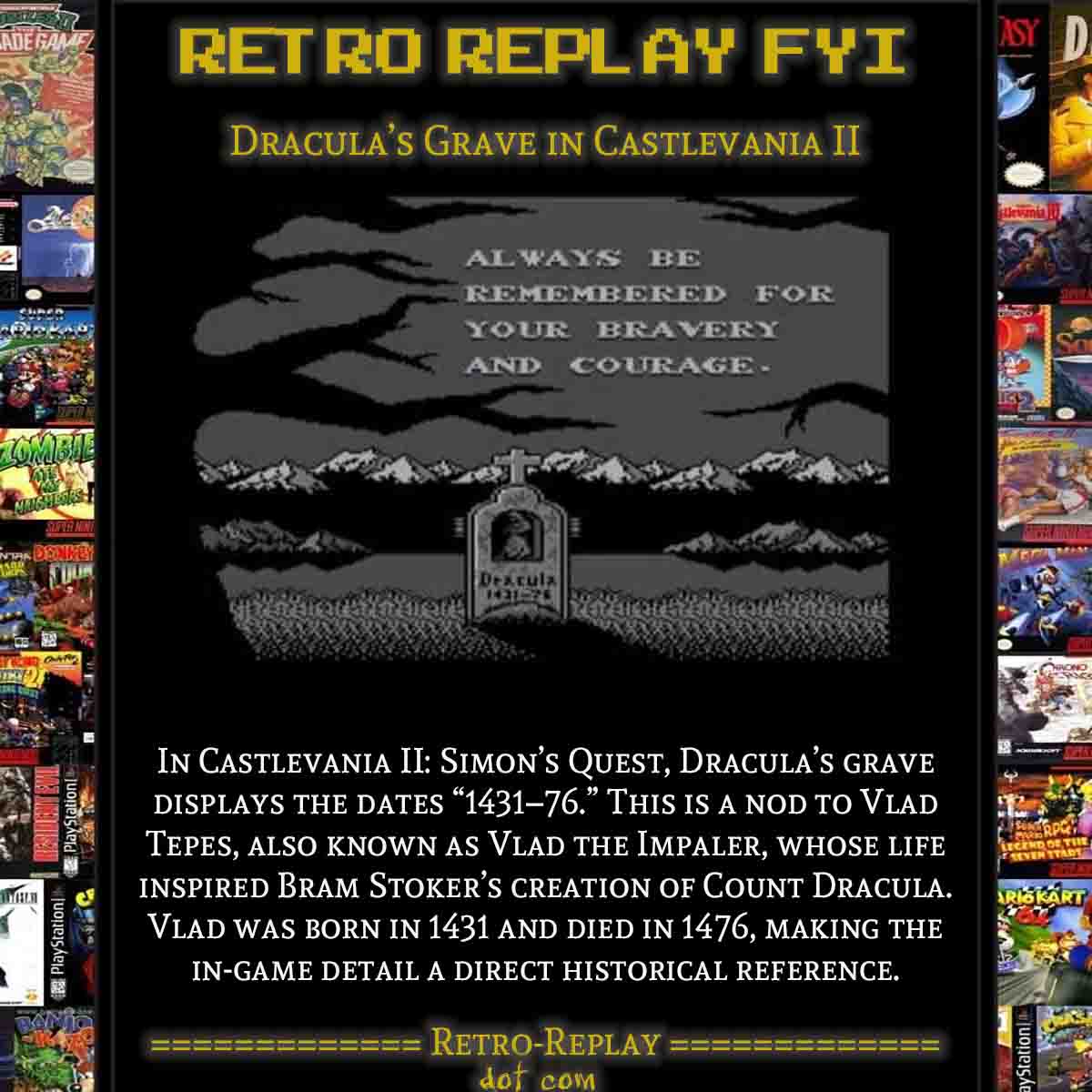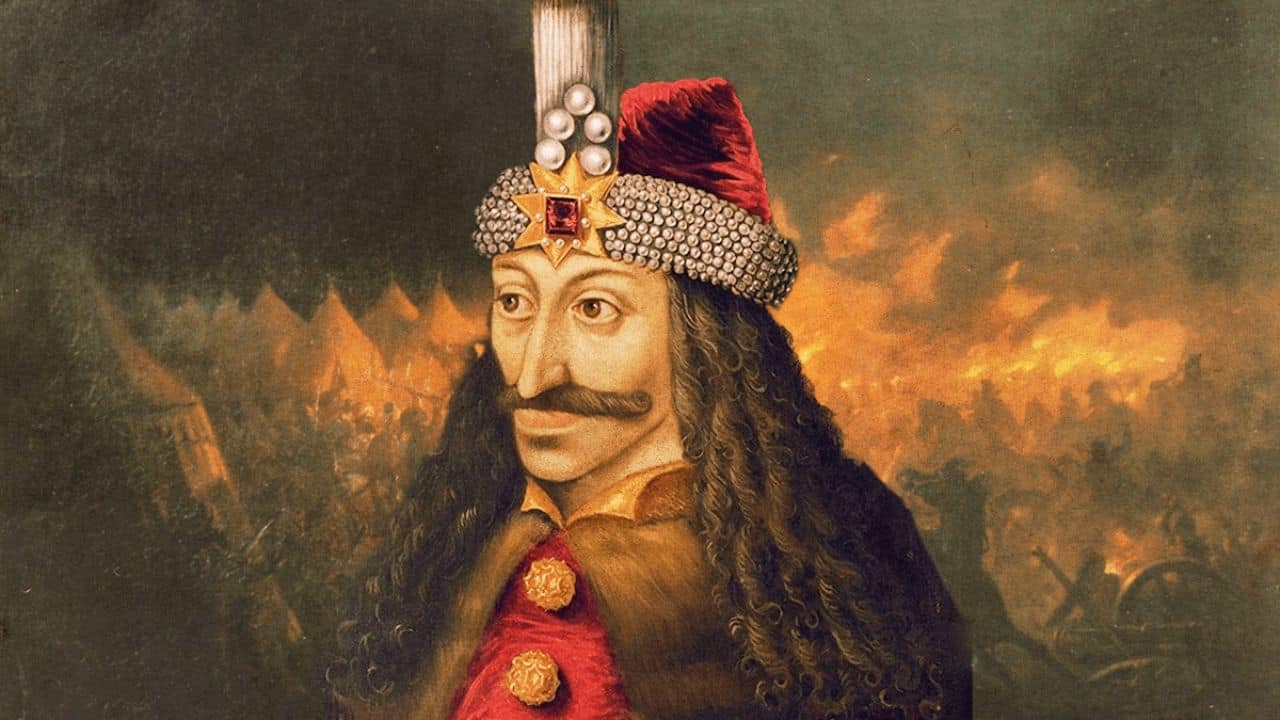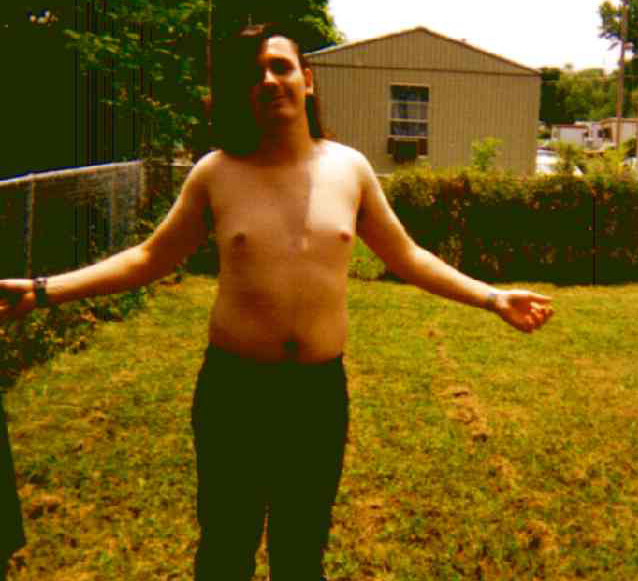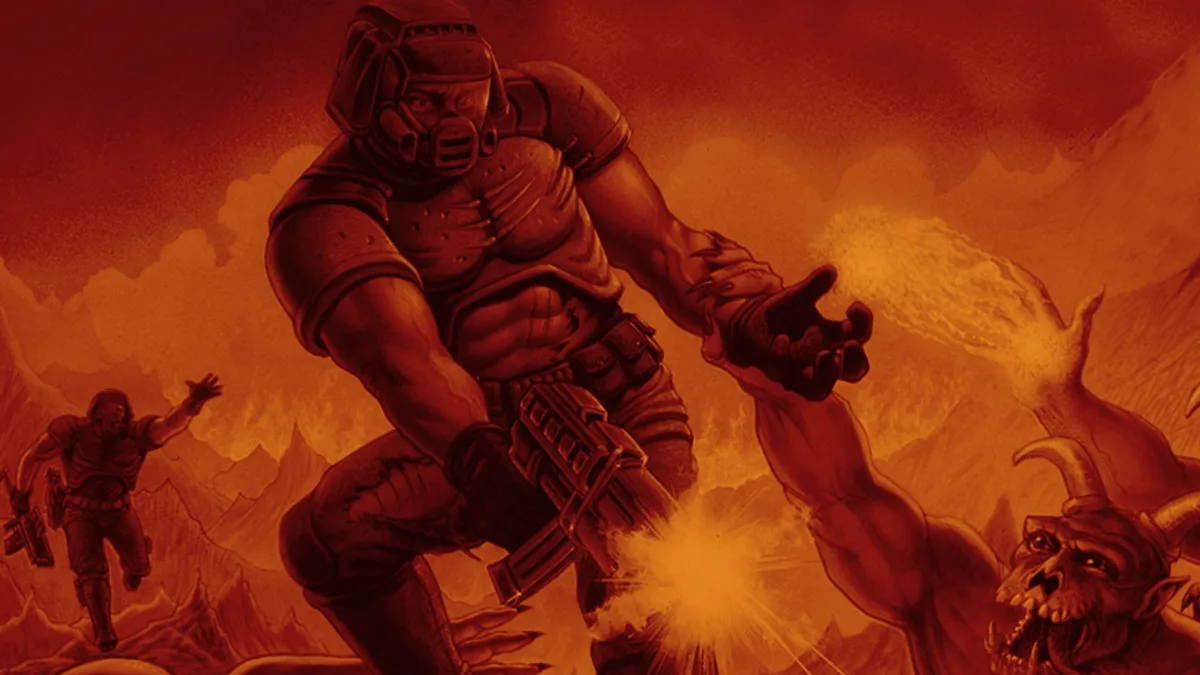When players first explore Castlevania II: Simon’s Quest on the NES, they eventually come across Dracula’s grave. What might look like a simple detail is actually a hidden historical reference that ties one of gaming’s most iconic villains back to real history. The inscription on the grave reads “1431–76,” which are the exact birth and death years of Vlad Tepes, better known as Vlad the Impaler.
(HEY YOU!! We hope you enjoy! We try not to run ads. So basically, this is a very expensive hobby running this site. Please consider joining us for updates, forums, and more. Network w/ us to make some cash or friends while retro gaming, and you can win some free retro games for posting. Okay, carry on 👍)
Vlad Tepes ruled Wallachia during the fifteenth century and became infamous for his brutal methods of punishing enemies, particularly impalement. While his cruelty made him a feared ruler, it also cemented his legacy as a larger-than-life figure. Centuries later, Bram Stoker would draw upon his legend when creating the character of Count Dracula. By weaving in those exact years on the grave, Konami made a subtle but powerful nod to the origins of vampire lore.
This detail in Castlevania II is one of many examples of how video games borrow from history, literature, and myth to enrich their worlds. For players in the late 1980s, stumbling across Dracula’s grave with such a direct tie to real history was a fascinating discovery. It blurred the lines between the fantasy of the game and the darker truths of European history, giving Simon’s quest more weight than just another boss fight. It’s little touches like this that helped the Castlevania series become a legend in its own right, still inspiring new games and adaptations decades later.
 Retro Replay Retro Replay gaming reviews, news, emulation, geek stuff and more!
Retro Replay Retro Replay gaming reviews, news, emulation, geek stuff and more!





